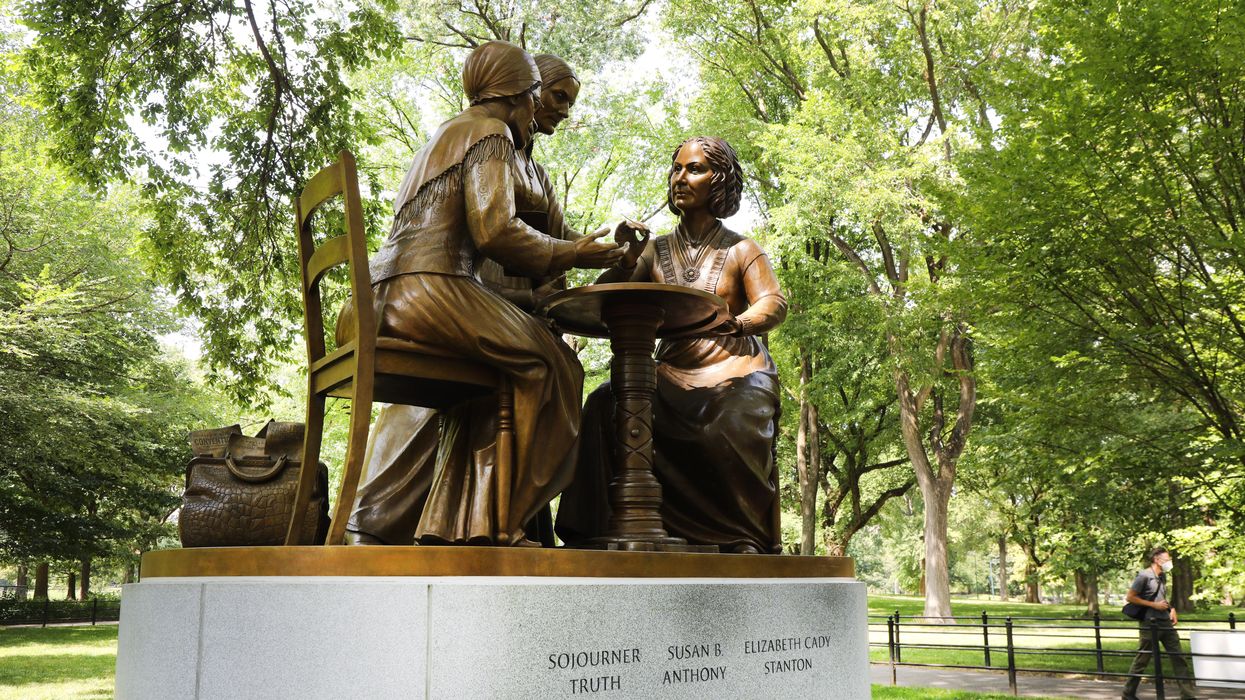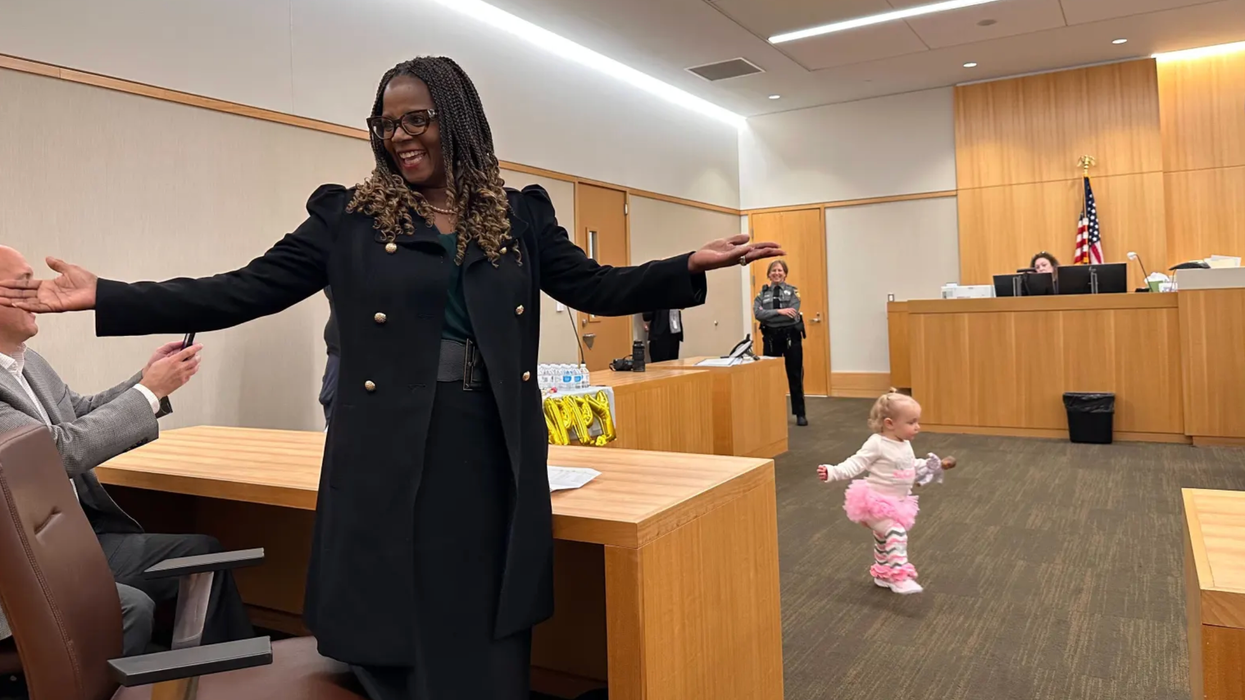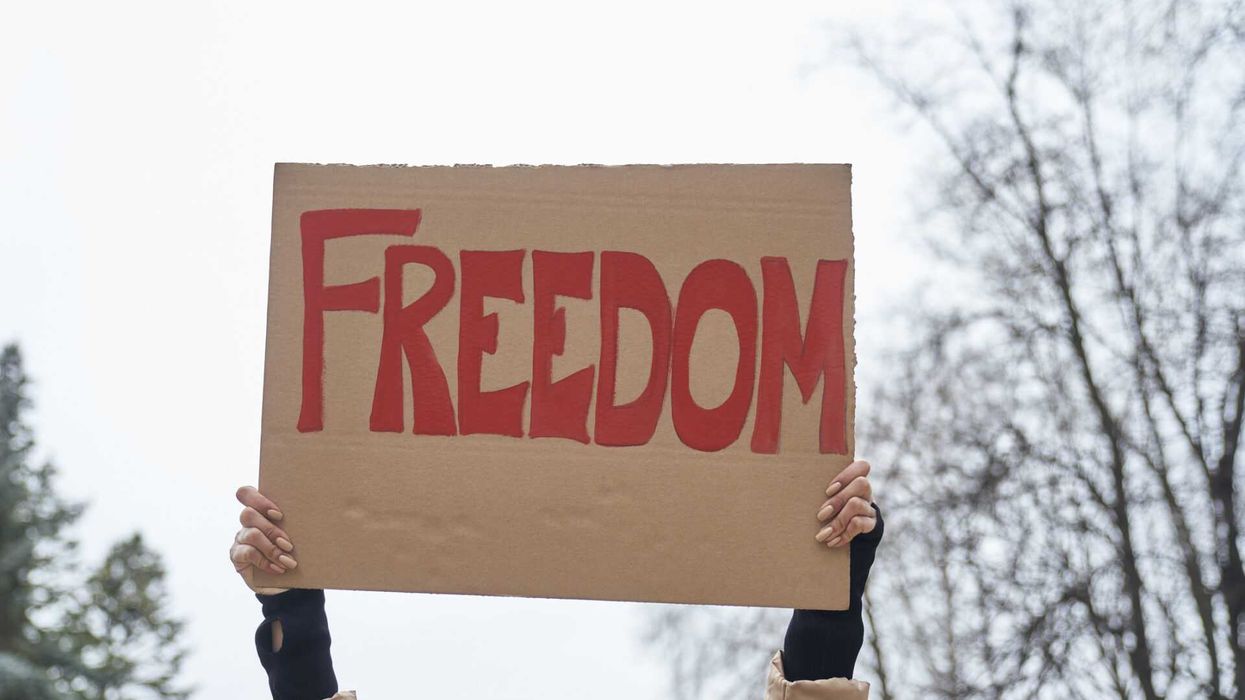Originally published by The 19th.
It’s been more than a century since women’s right to vote was ratified as an amendment to the U.S. Constitution.
The work that led to what became known as the 19th Amendment — ratified August 18, 1920, and certified by the secretary of state eight days later — was a multigenerational fight, primarily led by women. It was not just done by the upper-class White women who have received the most attention, however. Black women, Indigenous women and other women of color, many of whom would wait years or decades to have equal access to the ballot, also played key roles. The same is true for queer women and gender-nonconforming people, some of whom sought personal and financial independence from the constraints that came with traditional marriage.
Historians in recent years have been untangling the full picture of the people behind the 19th Amendment and the complexities in why they organized. Several experts spoke with The 19th to talk about how the amendment came to be and to highlight some of its enduring lessons.
When did the fight for suffrage begin?
The founding myth of the movement to get women the vote often traces back to a women’s convention hosted in Seneca Falls, New York, in 1848.
But the fight goes back decades further. In some cases, women, including Black women, voted as early as 1776. But in the years that followed, state legislatures added language to their constitutions that specified that voters must be White and male.
The movement was at times fractious. Some women who were fighting for their right to vote tied that struggle to racial equality; others explicitly rejected that. One faction fought against slavery and then, after the Civil War, supported both Black men’s and women’s right to vote. Others didn’t believe Black men should be granted the right to vote before White women.
Some time after 1860, some Western states struck language from their state constitutions that referenced voters as male, effectively granting some women the right to vote. But it took decades before that right was expanded nationwide.
How big of a role did racism play in the amendment’s ratification?
Members of Congress were incredibly worried about Black women voting, according to Kimberly A. Hamlin, a history professor at Miami University in Ohio and author of “Free Thinker: Sex, Suffrage, and the Extraordinary Life of Helen Hamilton Gardener.” At least one lawmaker proposed changing the 19th Amendment language so that it applied to only White women.
Lawmakers expressed concern openly that a woman’s voting amendment could force them to recognize the 15th Amendment, which had granted Black men the right to vote — a right that in some places was severely restricted.
Hamlin said it’s hard to overstate the role of racism in the passage of the 19th Amendment.
“What everyone was saying is … we cannot have Black women voting in states where they make up a large portion of the population. And that was a sentiment voiced not just by White Southern Democrats, but by Northern politicians, by Eastern politicians as well,” she said. “That was the premier debate and stumbling block of the 19th Amendment.”
Hamlin said enough lawmakers eventually agreed to the 19th Amendment under an informal understanding that it would not expand the vote for Black people.
What was the role of queer people in the fight for women’s voting rights?
Many queer people were involved in the movement, according to Wendy Rouse, associate professor of history at San José State University and the author of “Public Faces, Secret Lives: A Queer History of the Women’s Suffrage Movement.”
Rouse uses the term “queer” in her research to encompass a broad spectrum of people who were not strictly heterosexual or cisgender. That includes people who today might have identified as lesbian, gay, bisexual, transgender, intersex, asexual, aromantic, pansexual, non-binary, gender queer or gender-nonconforming.
Rouse said queer people came to support women’s suffrage for different reasons.
“It’s important to understand that the ability to not get married requires them to be financially, economically independent of men. So that meant that they would need equal access to jobs, and they would need equal access to education, and then equal pay,” she said. “And they can't have any of those things without the vote to fight for those things. So for queer women, women who didn't want to get married, women who were gay, women who were gender-nonconforming, they require the vote as a first step toward these other things.”
Another key issue for some queer suffragists was dress reform — the movement to wear bloomers or pants instead of dresses, heavy petticoats and corsets. The fact that some gender-nonconforming suffragists wore bloomers or dressed like men at the time was a source of criticism from some anti-suffragists, who used the desire for dress reform to paint some of its supporters as deviant. The broader movement eventually abandoned the cause of dress reform, and some suffragists felt ostracized by this.
Some queer suffragists lived private lives with romantic partners of the same gender but kept those details from their public lives as a form of strategy and protection from homophobia and other forms of discrimination. Rouse said there has been an attempt by some historians and descendents of suffragists to erase the queer history or at least gloss over it.
”Queer people have always existed, and we need to show that throughout the long history that we teach our students and that we teach the next generation,” she said. “Otherwise the process of erasure just continues if we choose not to talk about it.”
Why is the 19th Amendment still relevant today?
The political power that comes with equal access to the ballot is the enduring lesson of the 19th Amendment. It’s a power that continued to be withheld from some Black women and women of color who worked for the amendment’s 1920 ratification.
Poll taxes and literacy tests that aimed to exclude Black voters persisted for decades — until the passage of the 1965 Voting Rights Act.
Liette Gidlow, professor of history at Wayne State University and author of “The Big Vote: Gender, Consumer Culture, and the Politics of Exclusion, 1890s-1920s,” has examined the ways in which some Black women sought to organize and vote despite the barriers.
“Those experiences of African-American women trying to vote in the South after 1920, and often not being able to, resonate with us today in that they show that the work is never done, that this country has a long history of people gaining rights and then losing rights,” she said. “It's not a narrative of progress. It's not a story of ever-expanding freedom. Sometimes, Americans gain rights and sometimes they lose them.”
Gidlow said it’s important to note that Black women tried to vote in the immediacy of 1920. Sometimes they were successful and other times they were not, according to her research. But the end result, a century in the making, has been an “electoral powerhouse” that had a key role in electing the country’s first Black president and more recently helping Democrats gain control of the U.S. Senate in 2021.
“African American women have made themselves into, I would argue, the most powerful segment of the electorate today,” she said.
One reason some women organized for suffrage was body politics — the ability for people to make decisions about their own bodies, according to Kate Clarke Lemay, a historian at the National Portrait Gallery who has studied the visual culture of the suffragist movement with her book, “Votes for Women: A Portrait of Persistence.”
“Women's movement — being outside of the home — to me is body politics,” she said. “Where do you see women's bodies and how are they on display? What can they do with their bodies? Who can they touch with their bodies?”
Hamlin said that included advocates for dress reform and women who were part of an effort to raise the age of consent to have sex; in at least 35 states, that age was set at 10 to 12 years old. In several states, according to Hamlin, men raped girls under 16 years old and claimed the girls gave consent.
“This was really the link to activists to show, ‘Oh, we need a voice in politics. Our husbands, sons and brothers are not enacting legislation with our best interests at heart,’” said Hamlin.
The focus on body politics has relevancy after the Supreme Court recently overturned Roe v. Wade, the landmark ruling that enshrined federal abortion rights.
“An important piece of 19th Amendment history is that women . . . wanted bodily autonomy,” she said. “That is really an important part of the history that often gets overlooked. It's an especially important part of the history now in a post-Roe era.”
How did the organizing behind women’s right to vote inform future activist movements?
Some of the women who marched and protested for suffrage are credited with creating lobbying tactics that are used today, according to Lemay. She said the generation of suffragists who organized at the beginning of the 20th century in particular kept “meticulous” cards with information that tracked their visits with lawmakers.
“They were like statisticians. They had all these maps and they were really, really visual in some of their tactics,” she said.
A parade for women’s suffrage in Washington, D.C., in 1913 was one of the first protests of its kind. They also in 1917 pioneered picketing outside the White House.
Along the way came artwork on fans, party hats and plates that promoted women’s right to vote. Organizers also commissioned intricate illustrations, especially a so-called second generation of suffragists who sometimes used more aggressive moves like a hunger strike after arrests.
“That second generation was really smart about taking advantage of the kind of different media that they had at hand,” she said.
We also want to hear from you: What are your questions about how our democracy operates now? Tell us what you want to know about laws about voting, about misinformation and the ballot box, about how your local election runs.



















